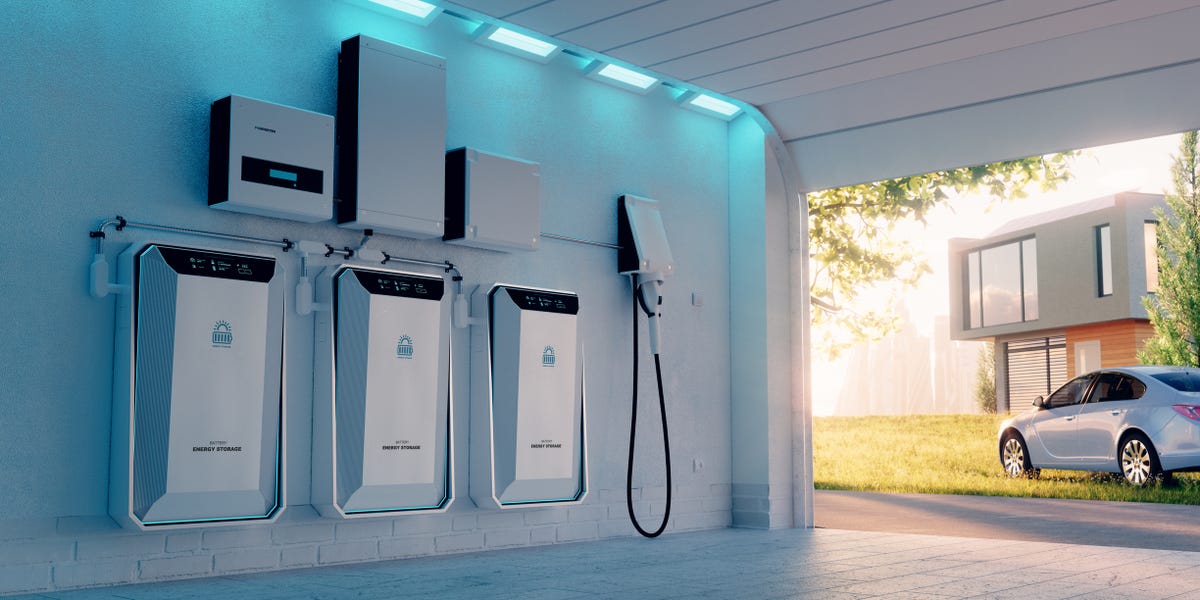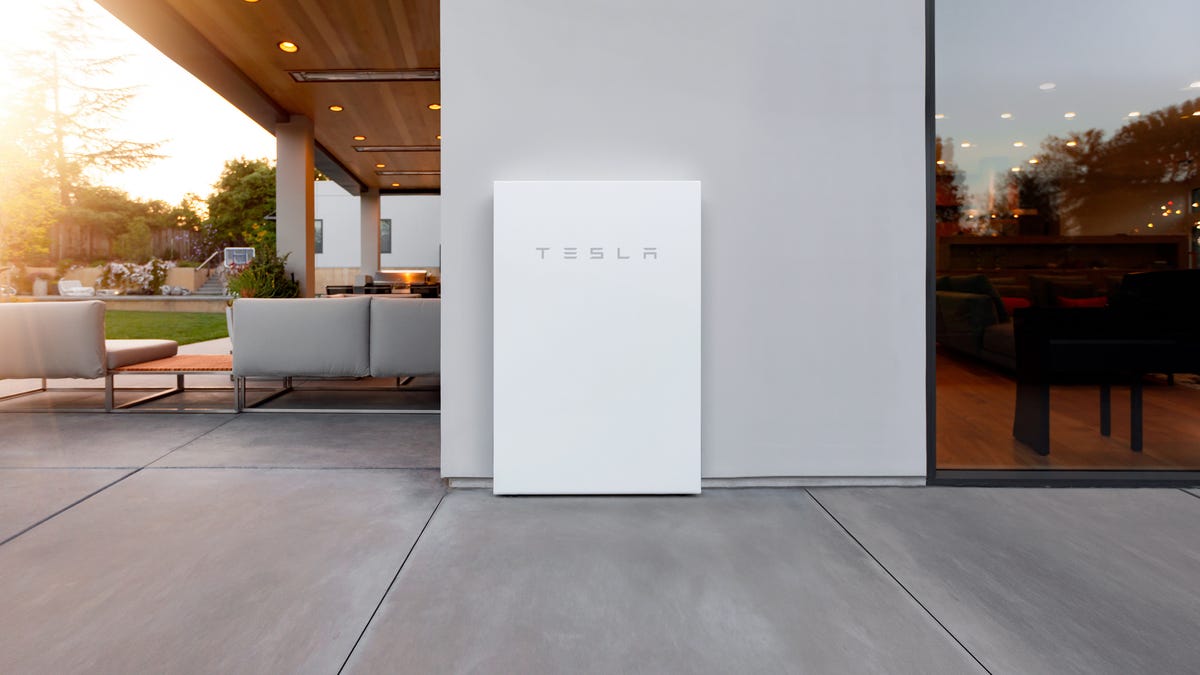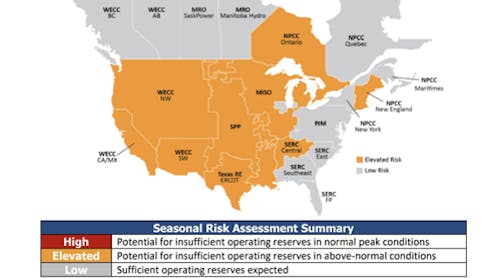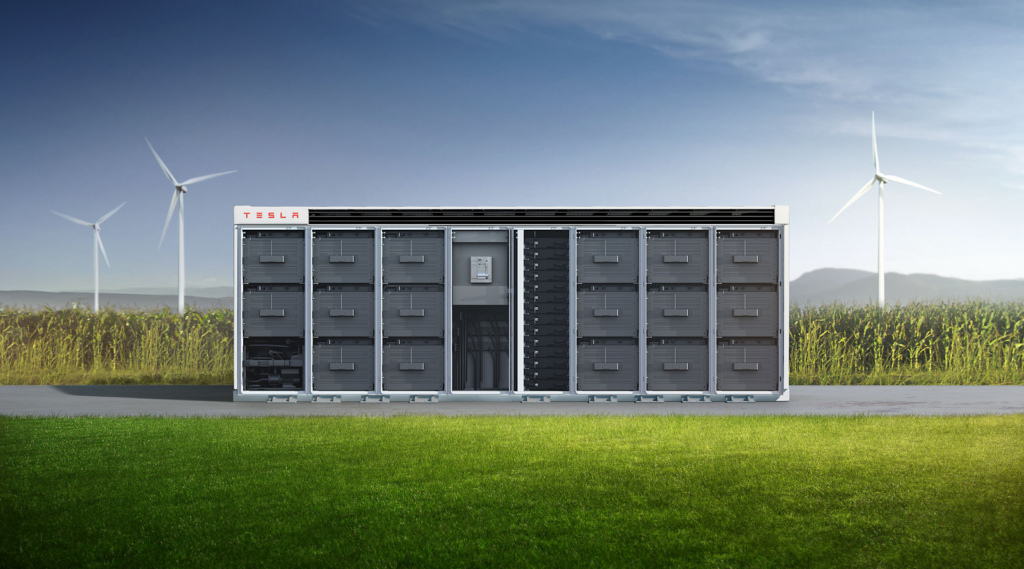What is the difference between a microgrid and a VPP?
Pearce said they're mostly the same thing, with one difference.
"A microgrid is a virtual power plant, just for itself," he said.
"A virtual power plant is serving an outside load of some kind."
VPPs have big implications across the world, including the US, because they allow the smallest energy producers -- such as the solar panels and backup batteries in your home and your neighbors' homes (and maybe even an electric vehicle battery) -- to provide power to an energy utility's customers, especially during high usage periods. Essentially, VPPs could help prevent brownouts and blackouts, and potentially save everyone money. How?
Read on to learn more.
The problem of peak demand
- To meet these peaks, utilities might have to buy energy at a premium on the open market, according to the nonprofit energy consulting firm Advanced Energy.
- Utilities might propose building a new power plant, like the over 1,000 so-called peaker plants in operation across the US -- according to the Clean Energy Group, a nonprofit that advocates for phasing out peaker plants as part of a larger push toward greater clean energy adoption.
- The plants run only intermittently and typically on fossil fuels.
- Besides climate warming emissions, fossil fuel peaker plants also pollute the air with nitrogen oxides, sulfur dioxide and particulate matter that can harm the respiratory system and cause asthma.
- For these reasons and others, some utilities are trying out alternatives to meeting peak demand.
This rendering shows one possible setup of batteries and an electric vehicle charger, both of which could be enrolled in some virtual power plants.
What is a VPP and how does it work?
Let's first address the "virtual" in the virtual power plant: "What they do is combine a bunch of different renewable energy sources together -- wind, solar, hydro and usually some battery backup," said Joshua M. Pearce, a materials engineer who researches solar power systems at Western University in London, Ontario. "It doesn't matter where they are geographically, but combined, all together, they offer load-following capabilities. If you're a utility and you need X number of kilowatt-hours in this location at this time, this virtual power plant with a bunch of different things working together can provide you that power."
The technological advances that make this possible are more efficient inverters, smart meters and economical battery systems.
"A power plant operator's job is to make sure the electricity is there when people need it," Pearce said. "If the plant is incapable of following the load, when you come in and turn on the lights, they start to flicker or there may be a brownout or blackout.
- What a virtual power plant does is make sure that when the load increases, the electricity supply increases to match that load."
- The strength of a VPP is that if one source can't meet this load, like if it's cloudy in one area or the wind isn't strong, it can lean on other energy sources within its network.
Virtual power plants already exist
VPPs can take different forms, but simple hypothetical examples might look like this.
- Customers got a more affordable source of backup electricity in case of a power outage.
- The utility got a source of stored power they could draw from during peak demand days.
- The program has changed over time.
- In the current iteration, 500 customers each year can lease two Powerwall batteries for 10 years at $55 a month or for a one-time $5,500 payment. (A Powerwall retails for $10,500 from Tesla.)
- According to the utility, it saved $3 million in energy peaks in 2020 thanks in part to its VPP efforts. Castonguay said that money reduces "rate pressure" for the utility, allowing it to keep rates lower than they would otherwise be.
- According to the US Energy Information Administration, the average residential electricity rate in New England was 22.04 cents per kilowatt. In Vermont, it was 19.60 cents per kilowatt. Green Mountain Power's residential rate was 18.06 cents per kilowatt.
Who's involved in a VPP
Nearly any energy generation source can be involved in a VPP. For example, a wind farm, solar farm, a hydroelectric plant and even individual homes with solar panels and battery storage can contribute energy to the VPP.
- For example, "A university campus that has a bunch of buildings, all different kinds of crazy loads, might purposely pull off the main grid and provide all of its own power.
- They're usually doing that with a combination of solar, wind, a bit of battery and maybe a generator."
What problems can be solved with VPPs?
Virtual power plants are a fundamental shift in how the energy system operates. They can solve some issues that exist in the more traditional power-plant-to-consumer system.
They can help meet peak demand
They can help avoid blackouts and brownouts
They can help keep costs down
Renewables are a growing part of the American energy mix, but many utilities still rely on fossil fuels to generate electricity. Fossil fuels are expensive, especially compared to wind and solar.
- Adding more renewables to the energy mix via a VPP would help reduce energy costs for everyone served by the utility.
What are the downsides of VPPs?
VPPs can be helpful to the system as a whole, but they limit what you can do with your own energy equipment. Here are some potential downsides.
They could leave you with no storage
Homeowners with backup batteries participating in VPPs have to relinquish control of their stored energy. During peak demand times, the VPP may drain all of the energy in the battery to feed the grid. That leaves the homeowner without a backup in case of a blackout, and repeatedly draining the battery could shorten its lifespan.
Participants cannot take advantage of time-of-use rates
- That limits your options in terms of when you opt to use the battery versus when you pull from the grid.
- Some savvy homeowners may tap their batteries during peak energy demand, when electricity is expensive, then pull from the grid when prices go back down.
- Being part of a VPP will likely take away that option.
They could be vulnerable to hacking
Energy utilities are frequent targets of hackers. If you opt in to a VPP, your system is now connected to the utility. That opens a distant possibility of hackers and bad actors having access to your system.
The pros and cons of VPPs
- For individual homeowners equipped with solar panels and batteries, joining a VPP does come with both advantages and sacrifices.
Pros of VPPs
Cons of VPPs
Should I join a VPP?
It'll depend on what you want to get out of being part of a VPP.
"Look at the economics of it," Pearce said.
- "In general, the utilities that are trying to operate virtual power plants are incentivizing their customers to join.
- It probably makes financial sense for you, but you might want to be a little bit careful, depending on say, giving complete control of the battery charging and discharging for your electric vehicle. In general, I think it's a good idea.
- It's better for the environment, better for people's economics, better for the overall electricity grid."
VPPs can also maximize the savings you get from smart thermostats and other smart energy devices by letting them work together.
"I do think it's a no-brainer if you have this kind of device," said Ben Hertz-Shargel, the global head of grid edge for the consulting firm Wood Mackenzie. "When devices just do their own thing, they're not reaching their full potential."
The trade-off for enrolling in a VPP is usually in flexibility, Hertz-Shargel said. "I wouldn't call it a downside," he said. "It's just the other side of the equation."
Members of Green Mountain Power's VPP have to agree to only use their battery for backup power. They can't use it to take advantage of time-of-use rates or use energy gathered from a rooftop solar array at night. If you enroll with a smart thermostat, you agree to be a couple of degrees warmer on some days.
Texas Approves 2 Tesla Virtual Power Plants to Help Out State's Power Grid
Customers in the pilot program are paid for selling their surplus energy to increase power-grid reliability.
The two approved virtual power plants involve Tesla Electric customers with Powerwall storage systems.
Choosing to add small energy resources, such as solar panels or backup generators, may seem like a good personal decision. But more and more, we're seeing how homes with such equipment can also help out large electric grids when necessary -- with the added benefit that the customers are paid for sharing their power. This week, two virtual power plants involving Tesla Electric customers with Powerwall storage systems received approval from the Public Utility Commission of Texas, and six more may be approved later.
- A virtual power plant combines renewable energy sources, mimicking a central power plant by aggregating power and distributing it in a flexible way.
- As a result, VPPs allow the smallest energy producers -- even home users -- to provide power to an energy utility's customers, especially during periods of high usage.
The Texas pilot project, a first for the state, tests how consumer-owned devices, such as battery energy storage systems, backup generators and controllable electric-vehicle chargers, can serve as a resource in the wholesale electricity market, increasing grid reliability.
"Small energy resources found in homes and businesses across Texas have incredible potential to continue improving grid reliability and resiliency by selling the excess power they generate to the (Electric Reliability Council of Texas) system," Commissioner Will McAdams said in a statement. "It's a win-win for Texas. Home and business owners get paid for power they supply and consumers in ERCOT get more reliability.". . .
- The ADER responds to specific automated instructions from the Texas grid operator, allowing participating customers to sell their surplus power to the grid when called on, creating additional power for the grid.
- The average residential battery is about 5 kilowatts.
- The pilot project is currently capped at 80MW of total participation to ensure a safe and controlled rollout.
As CNET noted in an earlier story, Vermont utility Green Mountain Power already operates a successful virtual power plant, partnering with Tesla in 2017 to subsidize Powerwall batteries for its customers.














No comments:
Post a Comment